2-Methylpyrrolidine
Modify Date: 2024-01-04 21:49:15

2-Methylpyrrolidine structure
|
Common Name | 2-Methylpyrrolidine | ||
|---|---|---|---|---|
| CAS Number | 765-38-8 | Molecular Weight | 85.147 | |
| Density | 0.8±0.1 g/cm3 | Boiling Point | 100.2±8.0 °C at 760 mmHg | |
| Molecular Formula | C5H11N | Melting Point | N/A | |
| MSDS | Chinese USA | Flash Point | 0.5±16.5 °C | |
| Symbol |



GHS02, GHS05, GHS07 |
Signal Word | Danger | |
| Name | 2-Methylpyrrolidine |
|---|---|
| Synonym | More Synonyms |
| Density | 0.8±0.1 g/cm3 |
|---|---|
| Boiling Point | 100.2±8.0 °C at 760 mmHg |
| Molecular Formula | C5H11N |
| Molecular Weight | 85.147 |
| Flash Point | 0.5±16.5 °C |
| Exact Mass | 85.089149 |
| PSA | 12.03000 |
| LogP | 0.86 |
| Vapour Pressure | 37.1±0.2 mmHg at 25°C |
| Index of Refraction | 1.420 |
| Storage condition | Flammables area |
| Water Solubility | soluble |
Synonym:Secondary amine Section 2 - COMPOSITION, INFORMATION ON INGREDIENTS
Risk Phrases: 11 34 Section 3 - HAZARDS IDENTIFICATION EMERGENCY OVERVIEW
Highly flammable. Causes burns. Potential Health Effects Eye: Causes eye burns. Skin: Causes skin burns. May be absorbed through the skin in harmful amounts. Ingestion: Causes gastrointestinal tract burns. Inhalation: Causes chemical burns to the respiratory tract. Chronic: Chronic inhalation and ingestion may cause effects similar to those of acute inhalation and ingestion. Section 4 - FIRST AID MEASURES Eyes: In case of contact, immediately flush eyes with plenty of water for at least 15 minutes. Get medical aid immediately. Skin: In case of contact, immediately flush skin with plenty of water for at least 15 minutes while removing contaminated clothing and shoes. Get medical aid immediately. Wash clothing before reuse. Ingestion: If swallowed, do NOT induce vomiting. Get medical aid immediately. If victim is fully conscious, give a cupful of water. Never give anything by mouth to an unconscious person. Inhalation: If inhaled, remove to fresh air. If not breathing, give artificial respiration. If breathing is difficult, give oxygen. Get medical aid. Notes to Physician: Treat symptomatically and supportively. Section 5 - FIRE FIGHTING MEASURES General Information: As in any fire, wear a self-contained breathing apparatus in pressure-demand, MSHA/NIOSH (approved or equivalent), and full protective gear. Vapors can travel to a source of ignition and flash back. During a fire, irritating and highly toxic gases may be generated by thermal decomposition or combustion. Flammable liquid and vapor. Extinguishing Media: Use water spray, dry chemical, carbon dioxide, or appropriate foam. Section 6 - ACCIDENTAL RELEASE MEASURES General Information: Use proper personal protective equipment as indicated in Section 8. Spills/Leaks: Absorb spill with inert material (e.g. vermiculite, sand or earth), then place in suitable container. Remove all sources of ignition. Provide ventilation. Use only non-sparking tools and equipment. Section 7 - HANDLING and STORAGE Handling: Wash thoroughly after handling. Remove contaminated clothing and wash before reuse. Ground and bond containers when transferring material. Do not get in eyes, on skin, or on clothing. Empty containers retain product residue, (liquid and/or vapor), and can be dangerous. Use only with adequate ventilation. Keep away from heat, sparks and flame. Do not breathe vapor or mist. Storage: Store in a cool, dry, well-ventilated area away from incompatible substances. Flammables-area. Isolate from oxidizing materials and acids. Section 8 - EXPOSURE CONTROLS, PERSONAL PROTECTION Engineering Controls: Facilities storing or utilizing this material should be equipped with an eyewash facility and a safety shower. Use process enclosure, local exhaust ventilation, or other engineering controls to control airborne levels. Exposure Limits CAS# 765-38-8: Personal Protective Equipment Eyes: Wear chemical splash goggles. Skin: Wear appropriate protective gloves to prevent skin exposure. Clothing: Wear appropriate protective clothing to prevent skin exposure. Respirators: Follow the OSHA respirator regulations found in 29 CFR 1910.134 or European Standard EN 149. Use a NIOSH/MSHA or European Standard EN 149 approved respirator if exposure limits are exceeded or if irritation or other symptoms are experienced. Section 9 - PHYSICAL AND CHEMICAL PROPERTIES Physical State: Liquid Color: clear colorless to light yellow Odor: amine-like pH: alkaline in aq soln Vapor Pressure: Not available. Viscosity: Not available. Boiling Point: 98-100 deg C Freezing/Melting Point: Not available. Autoignition Temperature: Not available. Flash Point: 2 deg C ( 35.60 deg F) Explosion Limits, lower: Not available. Explosion Limits, upper: Not available. Decomposition Temperature: Solubility in water: Soluble. Specific Gravity/Density: 0.88 Molecular Formula: C5H11N Molecular Weight: 85.15 Section 10 - STABILITY AND REACTIVITY Chemical Stability: Stable under normal temperatures and pressures. Conditions to Avoid: Ignition sources, excess heat. Incompatibilities with Other Materials: Strong oxidizing agents, strong acids. Hazardous Decomposition Products: Carbon monoxide, oxides of nitrogen, carbon dioxide. Hazardous Polymerization: Has not been reported Section 11 - TOXICOLOGICAL INFORMATION RTECS#: CAS# 765-38-8 unlisted. LD50/LC50: Not available. Carcinogenicity: Pyrrolidine, 2-methyl- - Not listed by ACGIH, IARC, or NTP. Section 12 - ECOLOGICAL INFORMATION Section 13 - DISPOSAL CONSIDERATIONS Dispose of in a manner consistent with federal, state, and local regulations. Section 14 - TRANSPORT INFORMATION IATA Shipping Name: AMINES, FLAMMABLE, CORROSIVE, N.O.S.* Hazard Class: 3 UN Number: 2733 Packing Group: II IMO Shipping Name: AMINES, FLAMMABLE, CORROSIVE, N.O.S. Hazard Class: 3 UN Number: 2733 Packing Group: II RID/ADR Shipping Name: AMINES, FLAMMABLE, CORROSIVE, N.O.S. Hazard Class: 3 UN Number: 2733 Packing group: II Section 15 - REGULATORY INFORMATION European/International Regulations European Labeling in Accordance with EC Directives Hazard Symbols: F C Risk Phrases: R 11 Highly flammable. R 34 Causes burns. Safety Phrases: S 16 Keep away from sources of ignition - No smoking. S 26 In case of contact with eyes, rinse immediately with plenty of water and seek medical advice. S 36/37/39 Wear suitable protective clothing, gloves and eye/face protection. S 45 In case of accident or if you feel unwell, seek medical advice immediately (show the label where possible). WGK (Water Danger/Protection) CAS# 765-38-8: No information available. Canada CAS# 765-38-8 is listed on Canada's NDSL List. CAS# 765-38-8 is not listed on Canada's Ingredient Disclosure List. US FEDERAL TSCA CAS# 765-38-8 is listed on the TSCA inventory. SECTION 16 - ADDITIONAL INFORMATION N/A |
| Symbol |



GHS02, GHS05, GHS07 |
|---|---|
| Signal Word | Danger |
| Hazard Statements | H225-H302-H314 |
| Precautionary Statements | P210-P280-P305 + P351 + P338-P310 |
| Personal Protective Equipment | dust mask type N95 (US);Eyeshields;Gloves |
| Hazard Codes | F:Flammable;C:Corrosive; |
| Risk Phrases | R11;R34 |
| Safety Phrases | S16-S26-S36/37/39-S45 |
| RIDADR | UN 2924 |
| WGK Germany | 3 |
| Packaging Group | II |
| Hazard Class | 3 |
| HS Code | 2933990090 |
| Precursor 10 | |
|---|---|
| DownStream 10 | |
| HS Code | 2933990090 |
|---|---|
| Summary | 2933990090. heterocyclic compounds with nitrogen hetero-atom(s) only. VAT:17.0%. Tax rebate rate:13.0%. . MFN tariff:6.5%. General tariff:20.0% |
|
Extraction of Teucrium manghuaense and evaluation of the bioactivity of its extract. Yin G, et al.
Int. J. Mol. Sci. 10(10) , 4330-4341, (2009)
|
|
|
On the Formation of Pentylpiperidine in the Hydrodenitrogenation of Pyridine. Wang H and Prins R.
Catal. Letters 126(1-2) , 1-9, (2008)
|
| EINECS 212-144-3 |
| R-2-methylpyrrolidine |
| MFCD00014491 |
| 2-Methylpyrrolidine |
| Pyrrolidine, 2-methyl- |
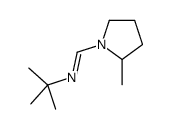 CAS#:89656-27-9
CAS#:89656-27-9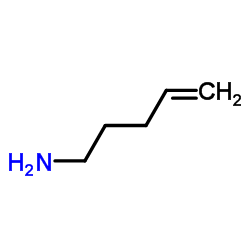 CAS#:22537-07-1
CAS#:22537-07-1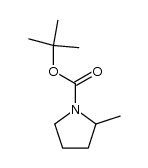 CAS#:144688-82-4
CAS#:144688-82-4 CAS#:122970-63-2
CAS#:122970-63-2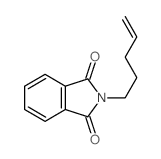 CAS#:7736-25-6
CAS#:7736-25-6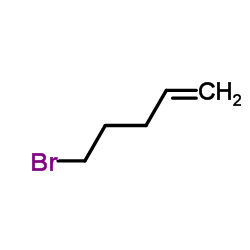 CAS#:1119-51-3
CAS#:1119-51-3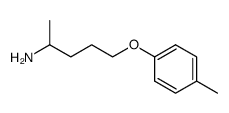 CAS#:859939-81-4
CAS#:859939-81-4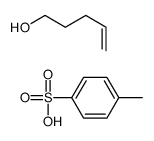 CAS#:19300-54-0
CAS#:19300-54-0 CAS#:108-27-0
CAS#:108-27-0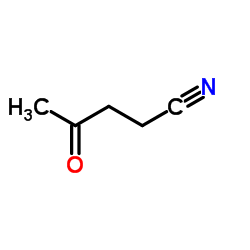 CAS#:927-56-0
CAS#:927-56-0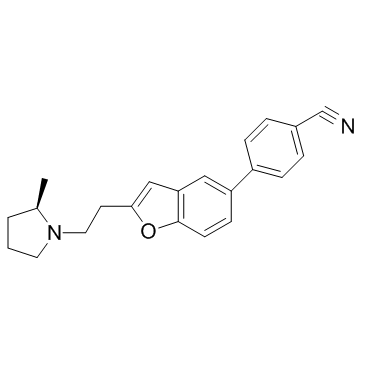 CAS#:460746-46-7
CAS#:460746-46-7 CAS#:2835-82-7
CAS#:2835-82-7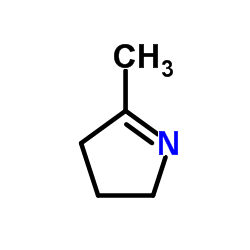 CAS#:872-32-2
CAS#:872-32-2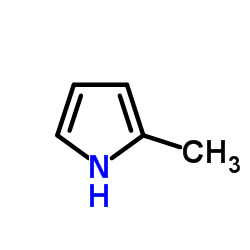 CAS#:636-41-9
CAS#:636-41-9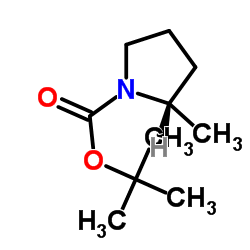 CAS#:137496-71-0
CAS#:137496-71-0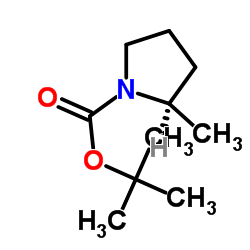 CAS#:157007-54-0
CAS#:157007-54-0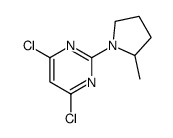 CAS#:833472-83-6
CAS#:833472-83-6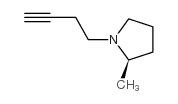 CAS#:460747-73-3
CAS#:460747-73-3 CAS#:613660-89-2
CAS#:613660-89-2
